
The last few years have brought vastly increased attention to issues of diversity, equity, and inclusion in the media and within countless companies and nonprofits. This is particularly true in higher education and healthcare institutions (eds and meds)—the largest and most influential nonprofits. Though such attention should have included increasing the diversity of governing boards, which have ultimate responsibility for decisions that impact a diverse population of stakeholders, many boards have not examined their own diversity deficits and taken steps to remedy them. And if these eds and meds boards think no one knows or cares about their makeup, they will have little or no incentive to change.
The organization I chair—Women’s Nonprofit Leadership Initiative—believes that stakeholders like us (whether we are donors, staff members, students, alumni/ae, patients and their families, or members of surrounding communities) ought to care about diversifying the demographic makeup of these boards and ought to exercise our influence to propel change. Just as investors—particularly institutional investors—have demonstrated their concern about for-profit boards that lack diversity and have found ways to hold those organizations accountable, stakeholders in the nonprofit sector need to do likewise. There is, however, a major obstacle to doing this. If you are interested in learning whether your alma mater or health care system has a diverse board, you are likely to find it is hard to get the data.
As someone who has been involved in researching both nonprofit and for-profit board diversity since 2005, I know how difficult it is to secure reliable data. In a 2020 Women Change Worlds blog post, I wrote about Increasing Gender Diversity on the Boards of Nonprofit Eds and Meds: Why and How to Do It, a national report I co-authored and WNLI co-published. In 2019 WNLI partnered with La Salle University’s Nonprofit Center in publishing a report on the Philadelphia area’s largest eds and meds that showed the underrepresentation of women, particularly women of color, on these boards. In early November 2022, our two organizations published a new report, Closing the Gaps: Gender and Race in Nonprofit Boardrooms. The report found that some progress has been made, but that gender and racial gaps still exist in too many boardrooms, and board chairs are still predominantly white males.
But one of our major findings was not about diversity itself. It was about how hard it is to get accurate data about the composition of these boards. Though some institutions have photos and biographical information on their websites, many list only the names of trustees. A few provide no information at all. None of those in our study provide data on overall board demographics. When we sent a request to the 46 eds and meds to provide us with data on how board members in the aggregate self-identify by gender and race/ethnicity, only seven immediately sent us their data. A second request to confirm/verify or correct data we had gathered from public sources produced some response, but it took follow-up calls and great persistence to ultimately reach a 72 percent response rate. There were 13 eds and meds from which we were unable to get responses. So good luck to the individual who wants such information about a particular college/university or hospital.
Institutions of all types have increasingly faced pressure to be more transparent in general. Last August, the U.S. Securities and Exchange Commission approved a requirement that for-profit companies listed on the Nasdaq stock exchange disclose board diversity statistics annually using a board diversity matrix. Nonprofits could and should do the same.
At an inspiring December 2022 program featuring Wellesley President Paula Johnson interviewing former Australian Prime Minister Julia Gillard (both passionate proponents of women’s leadership), Johnson emphasized that making change happen requires data. As she said, “You don’t change what you don’t know.”
WNLI is continuing to explore ways to require nonprofits to disclose their demographic makeup, as they are required to disclose a great deal of information about their finances and operations to the public. All of us need to be able to learn about the demographic makeup of nonprofit as well as for-profit boards so that we can use our influence individually and as groups of stakeholders to propel change.
Vicki W. Kramer, Ph.D., Wellesley ’61, is chair of Women’s Nonprofit Leadership Initiative, which was founded by classmate Happy Fernandez. Dotty Hindels Brown, Wellesley ’67, is an active member. Kramer is lead author of Critical Mass on Corporate Boards: Why Three or More Women Enhance Governance, published by WCW, and has co-authored numerous articles in such publications as Trusteeship Magazine, The Chronicle of Philanthropy, and the Harvard Business Review, and a chapter in More Women on Boards: An International Perspective.


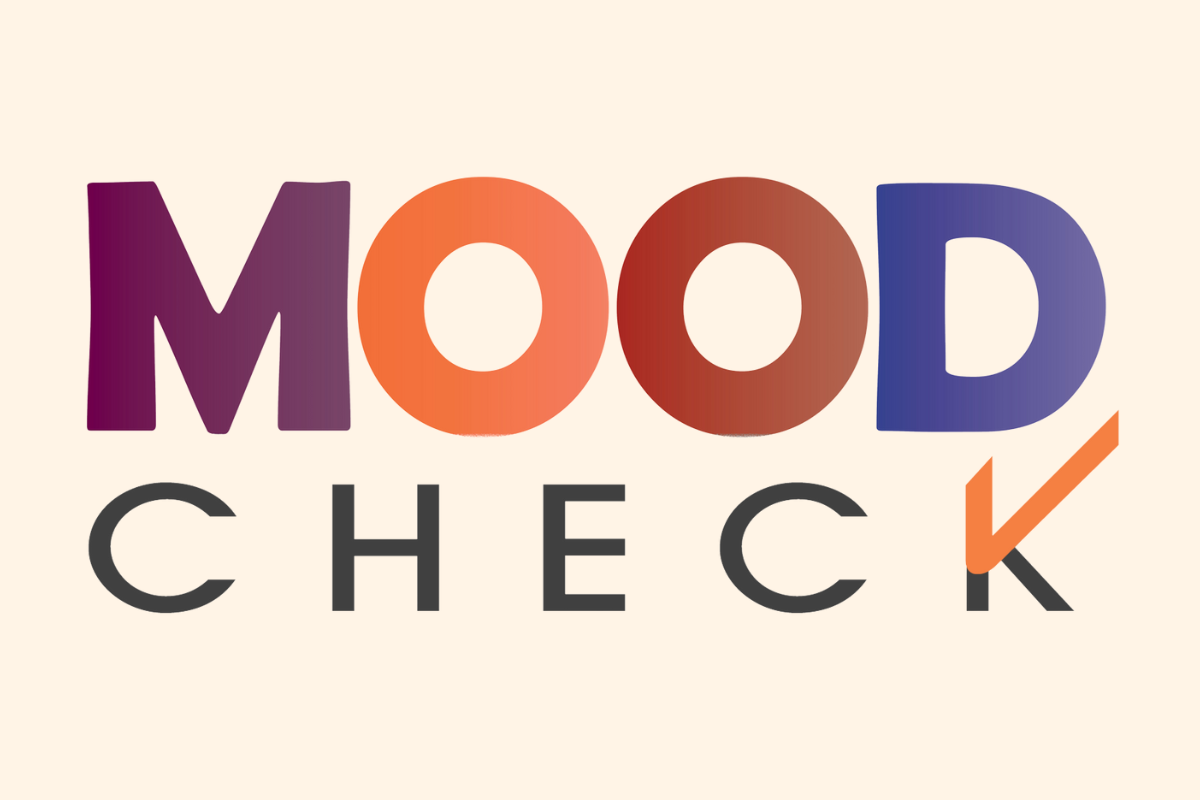
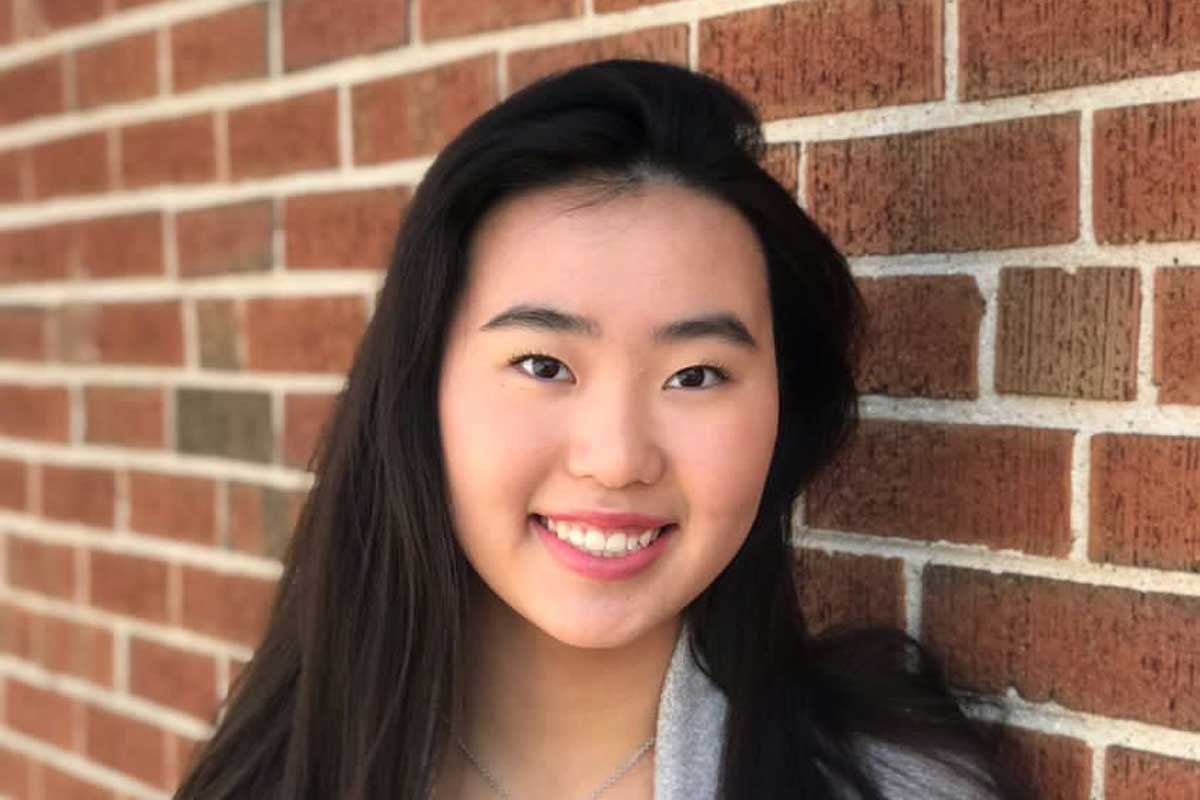

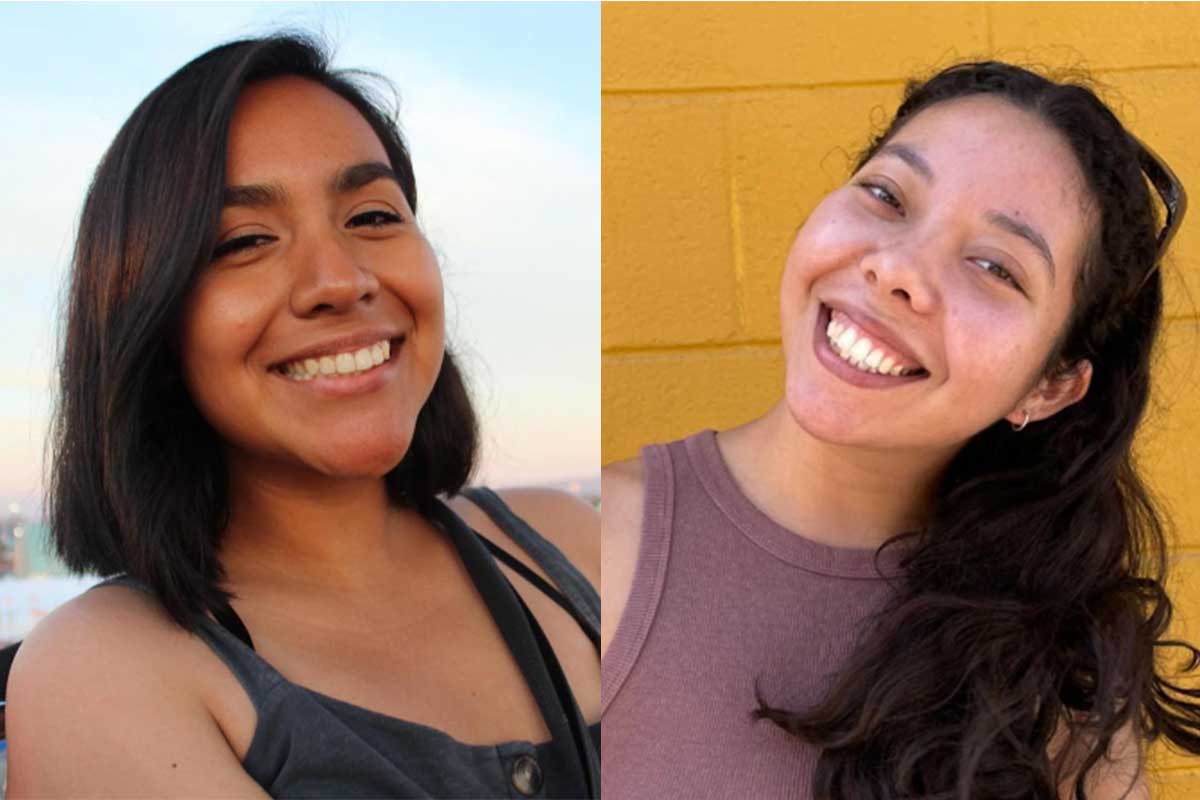
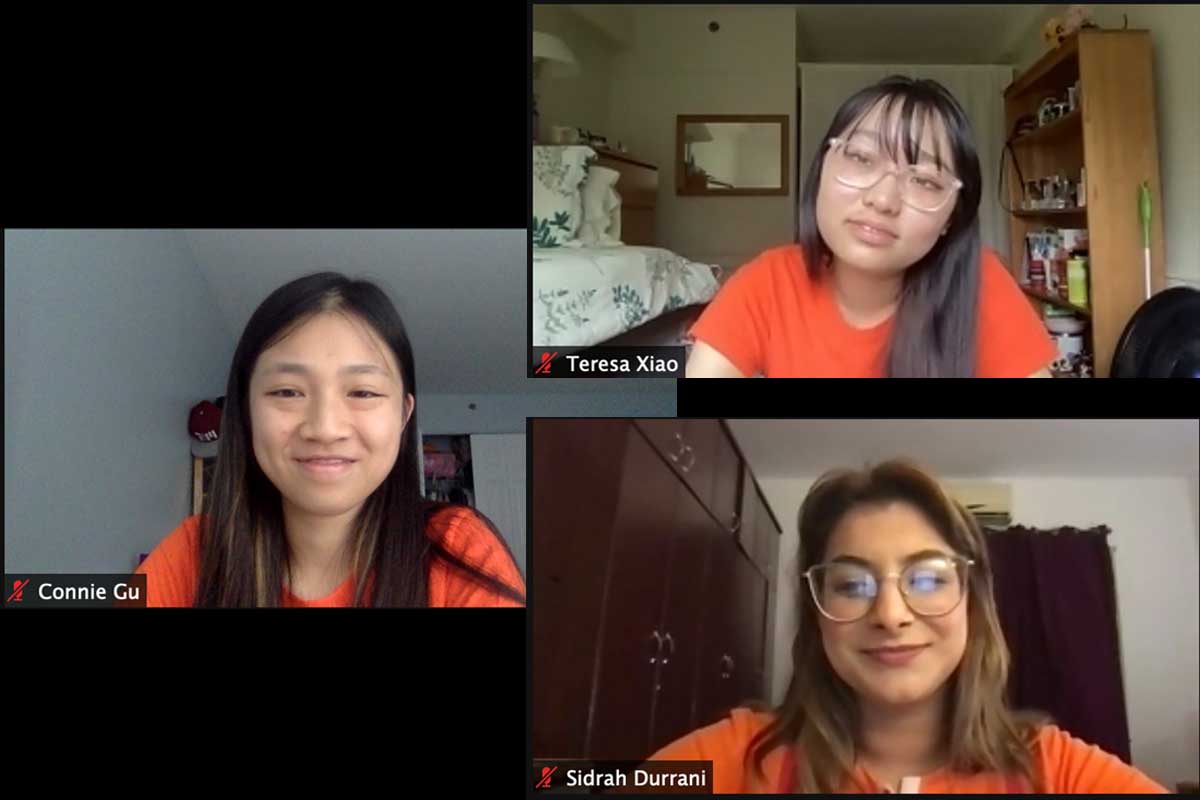



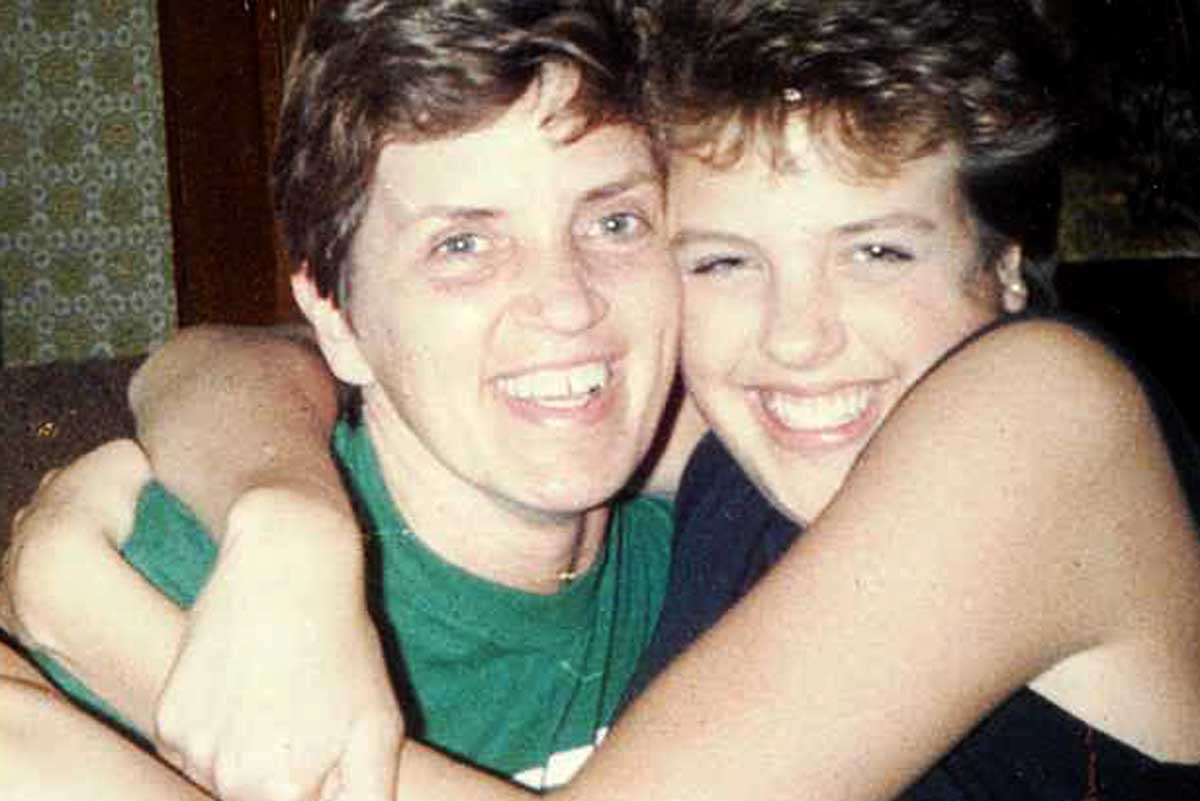
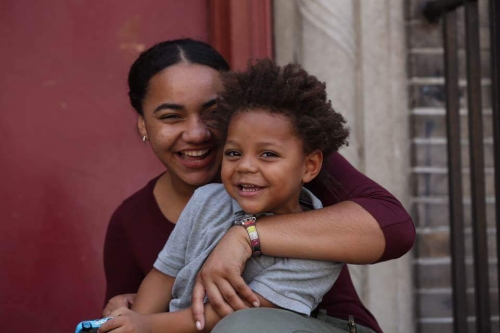 Nearly
Nearly 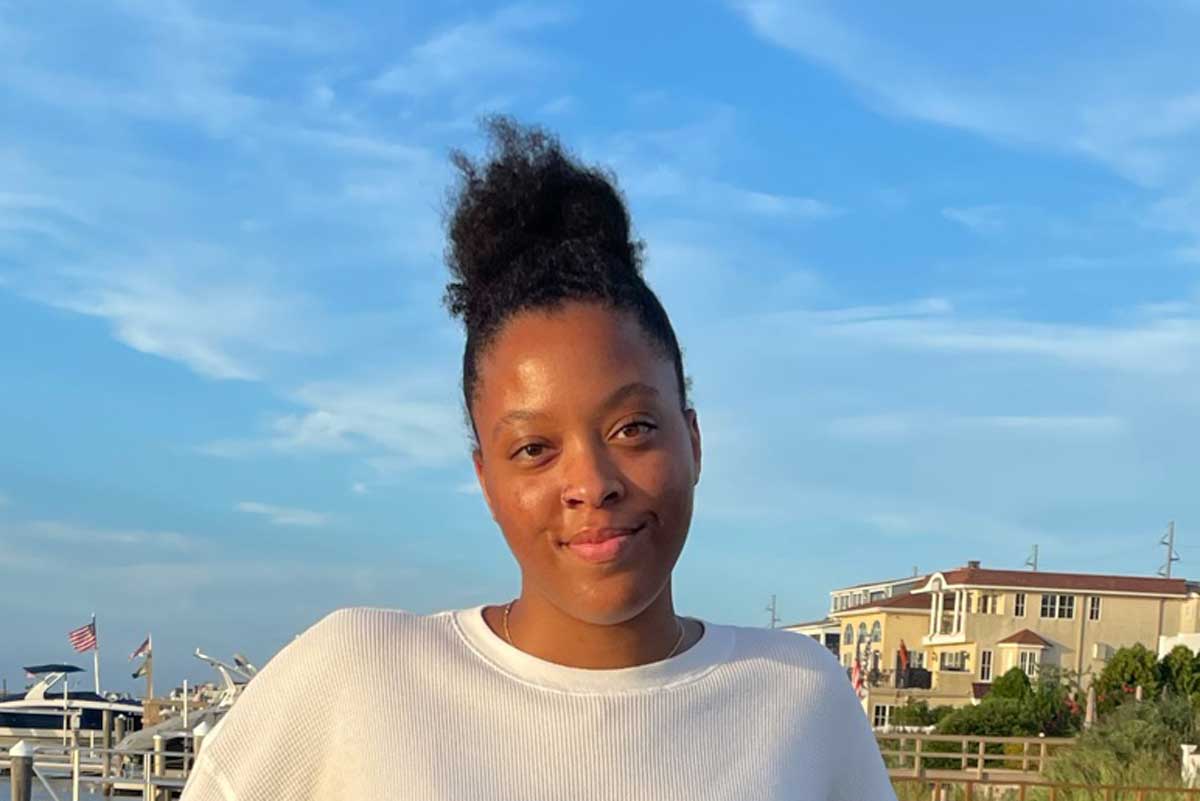

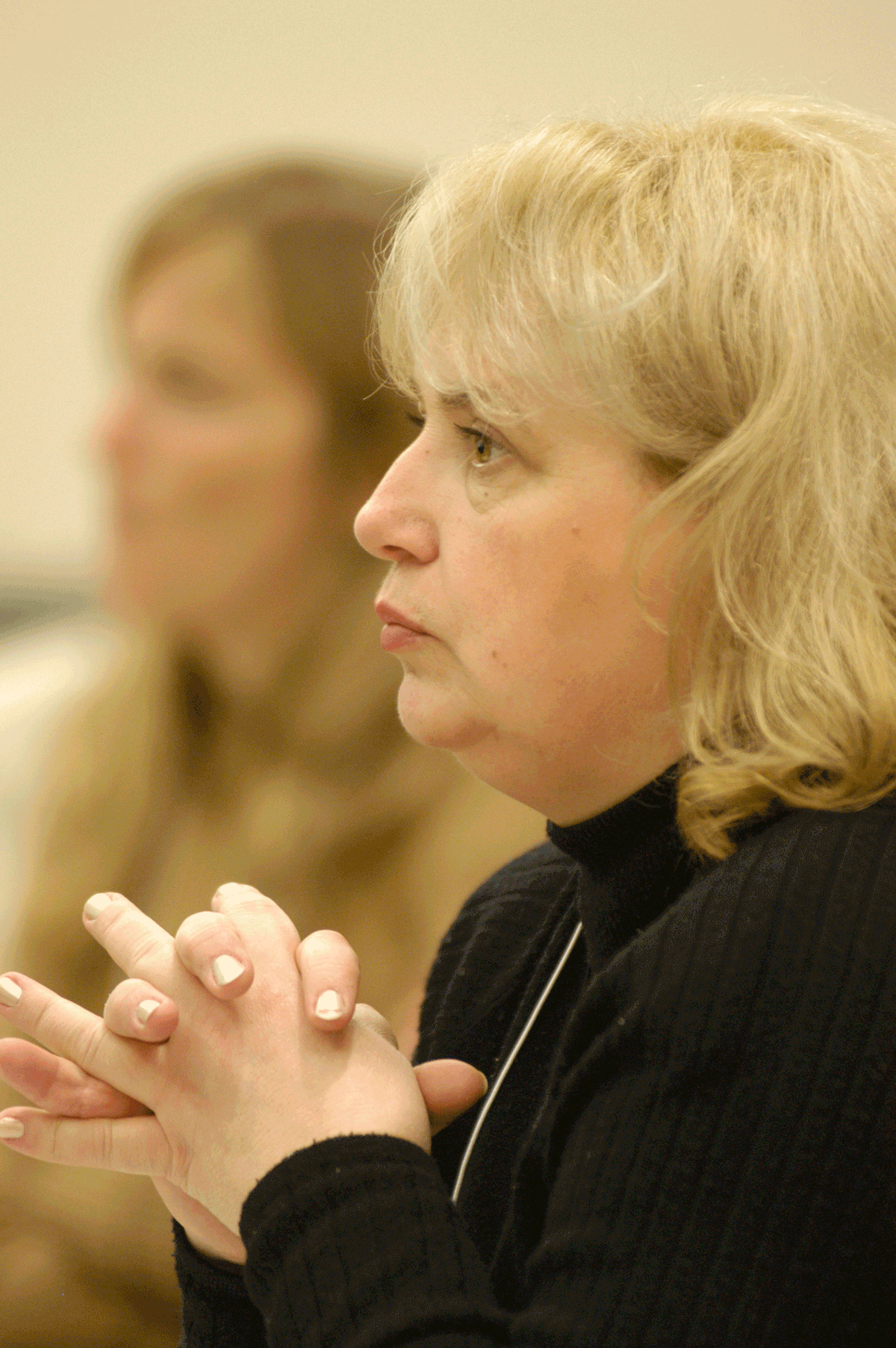

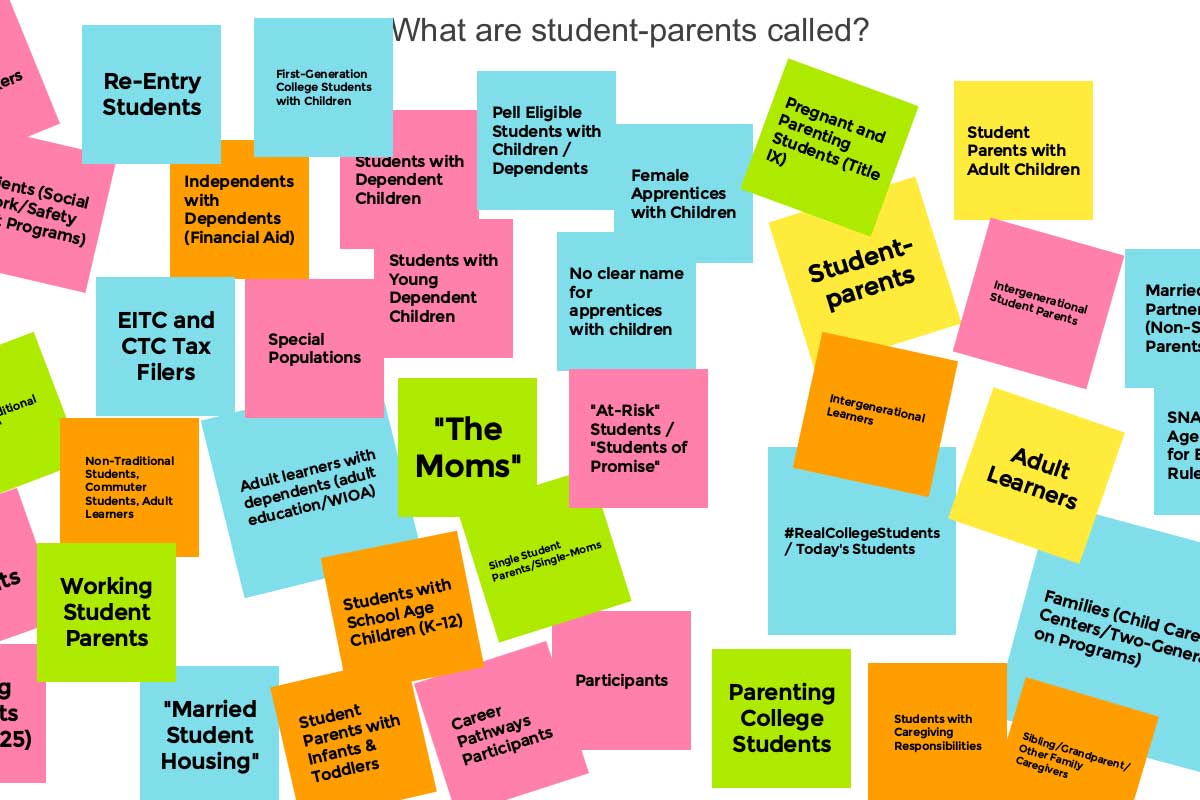
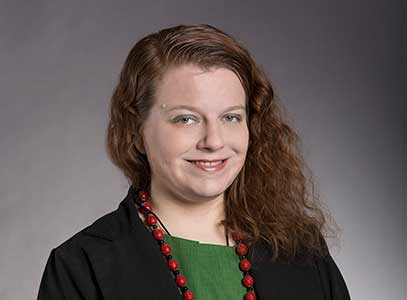 , Ph.D., is a research scientist at the Wellesley Centers for Women studying
, Ph.D., is a research scientist at the Wellesley Centers for Women studying 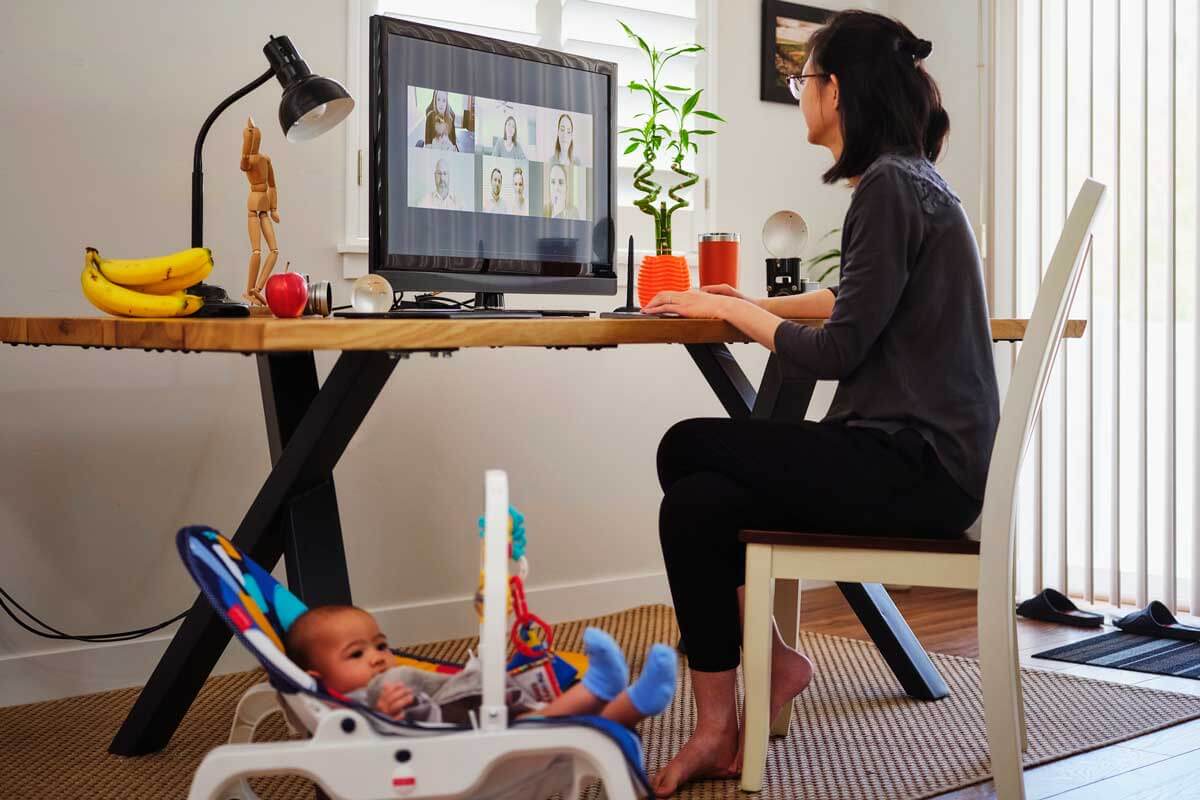
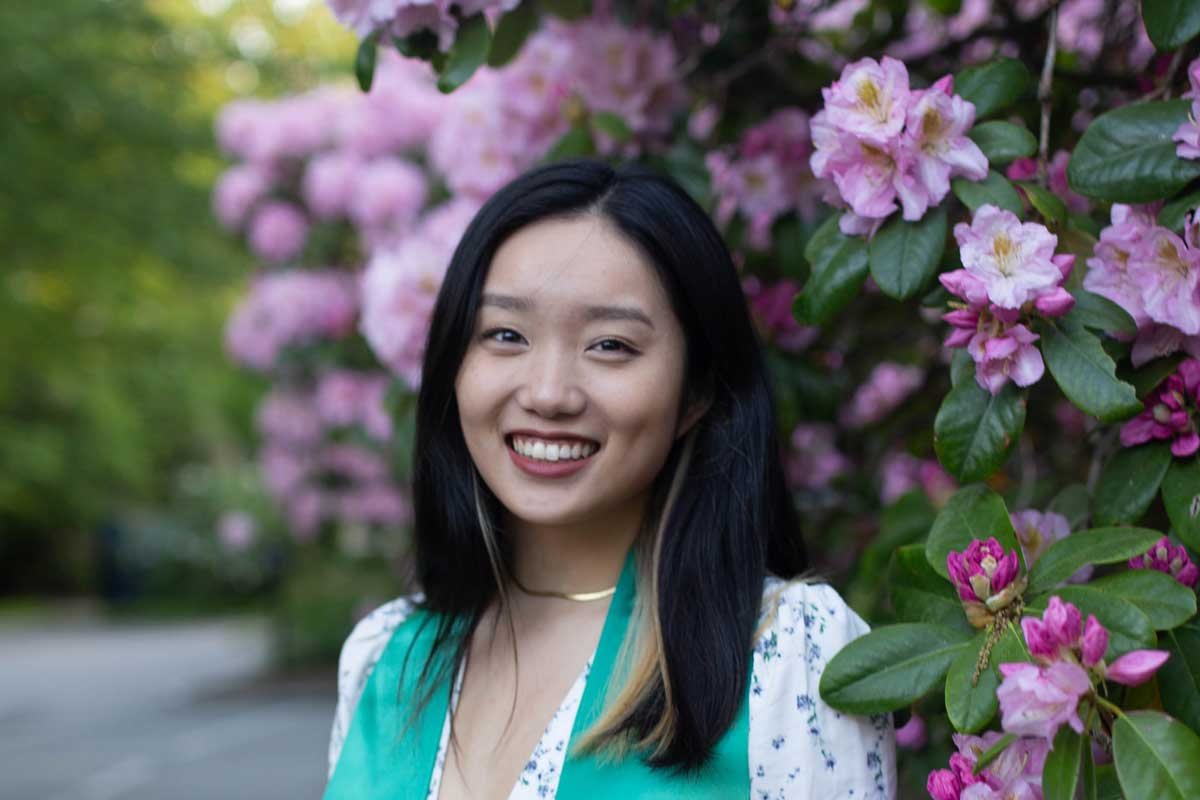
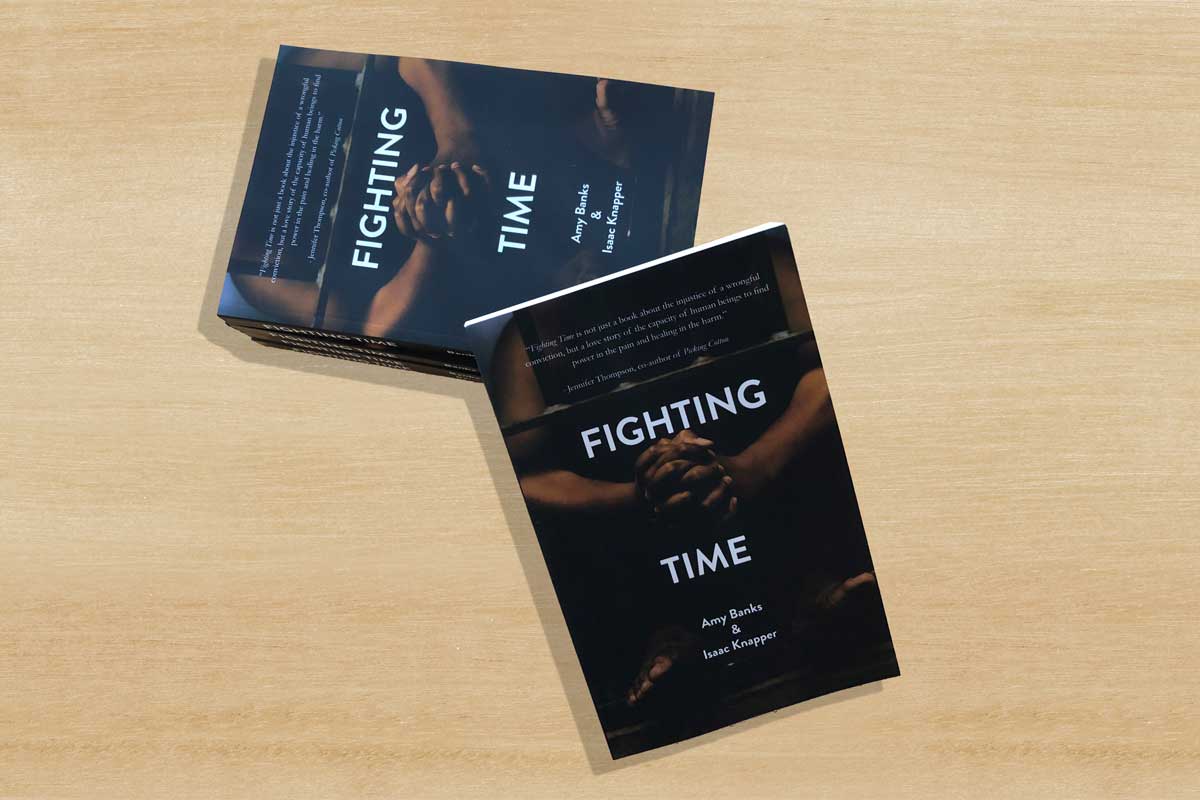

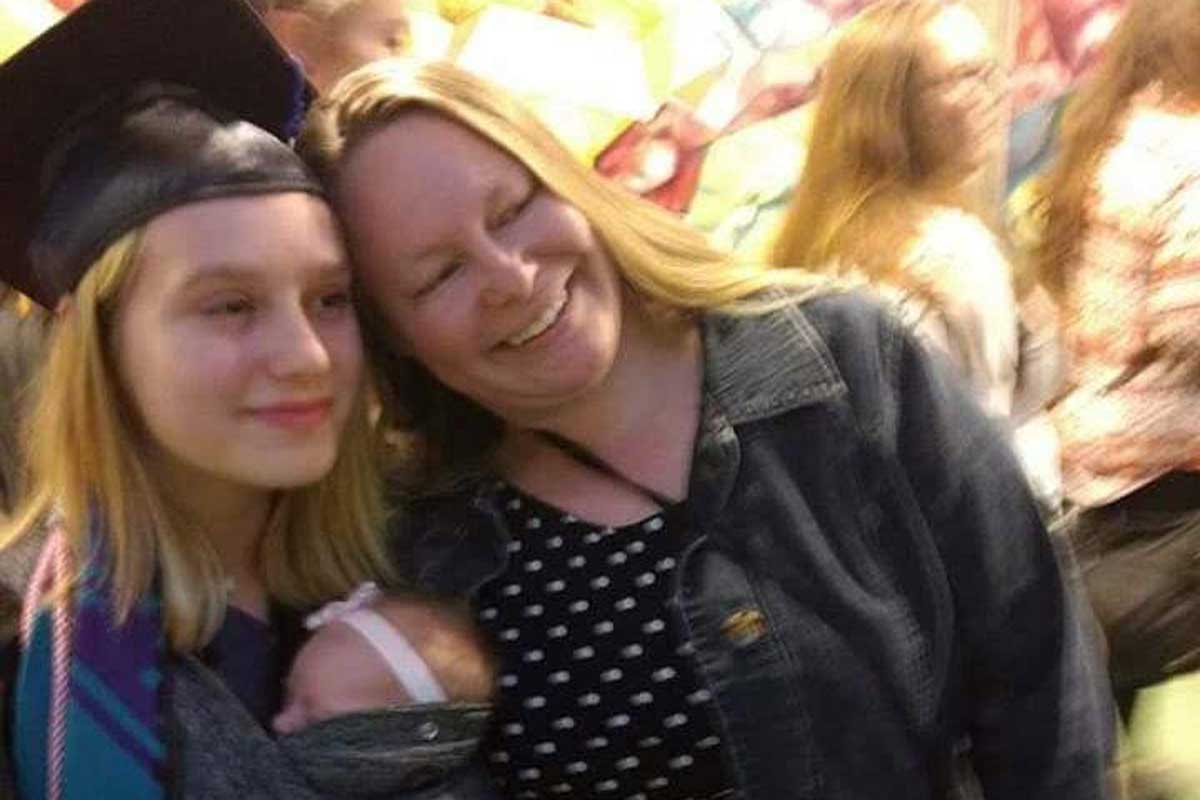
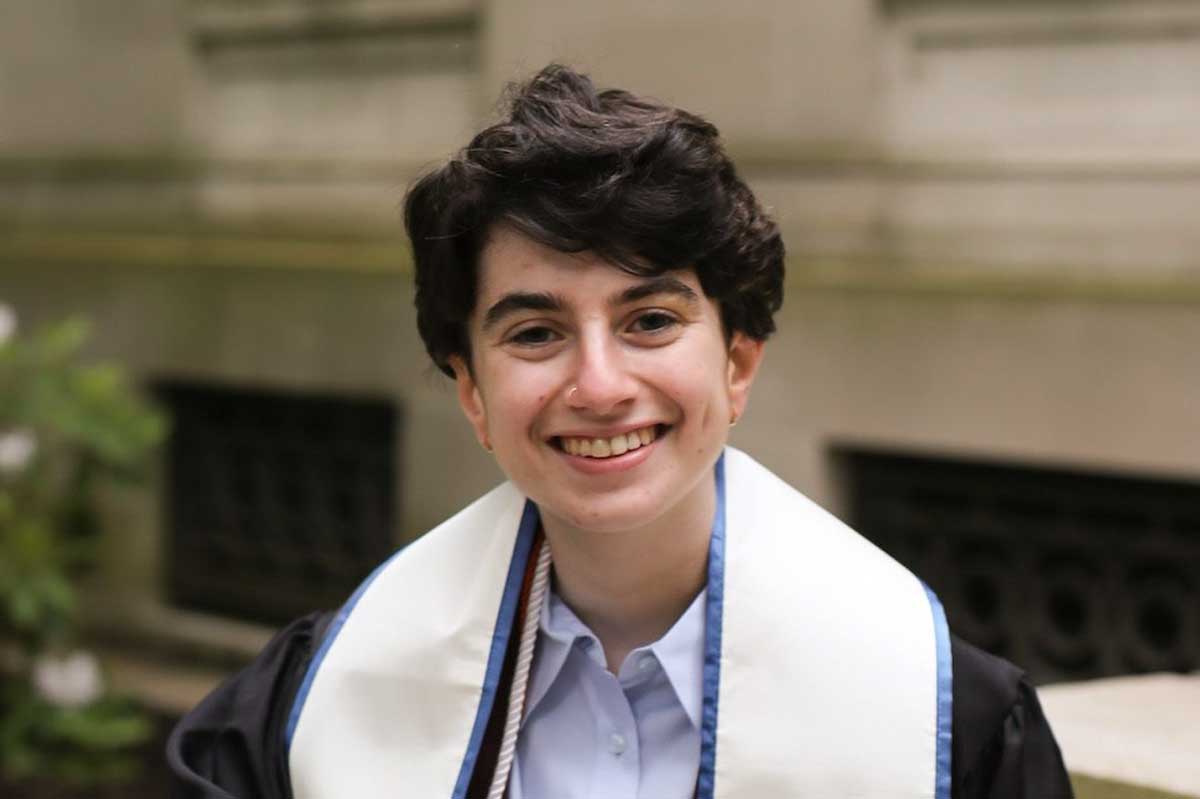
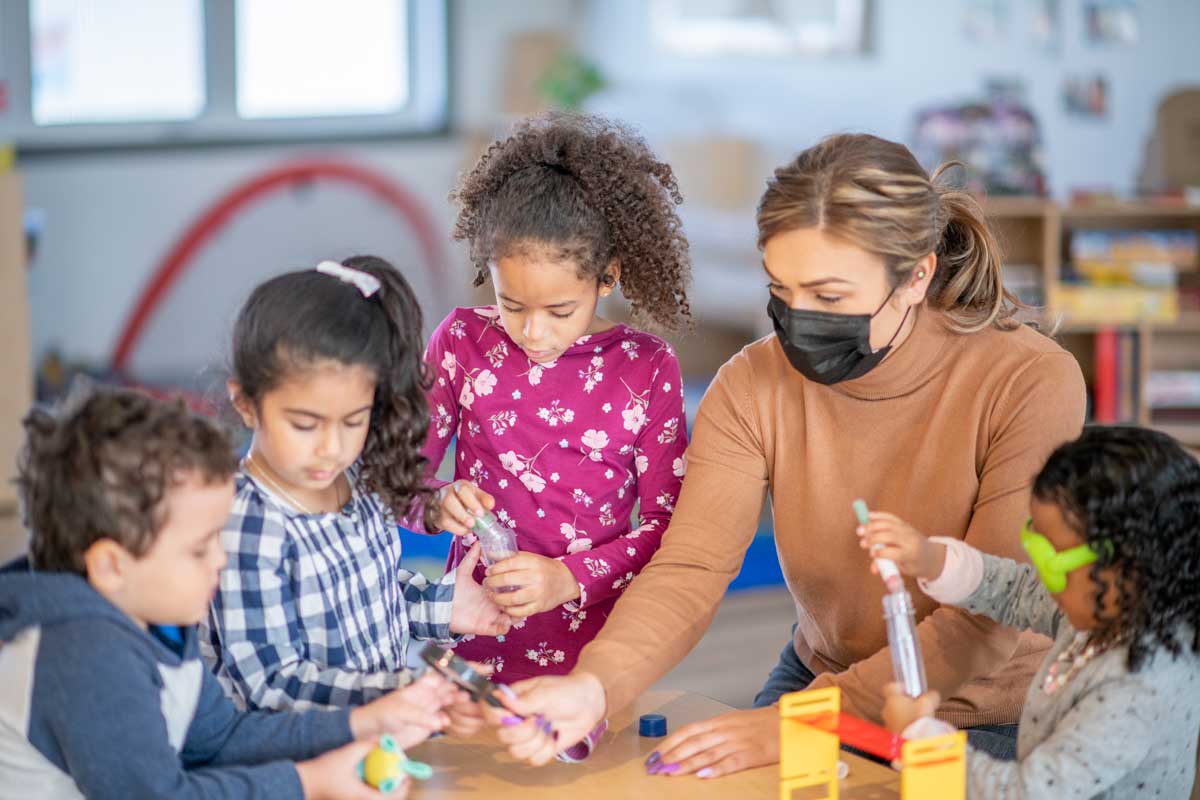
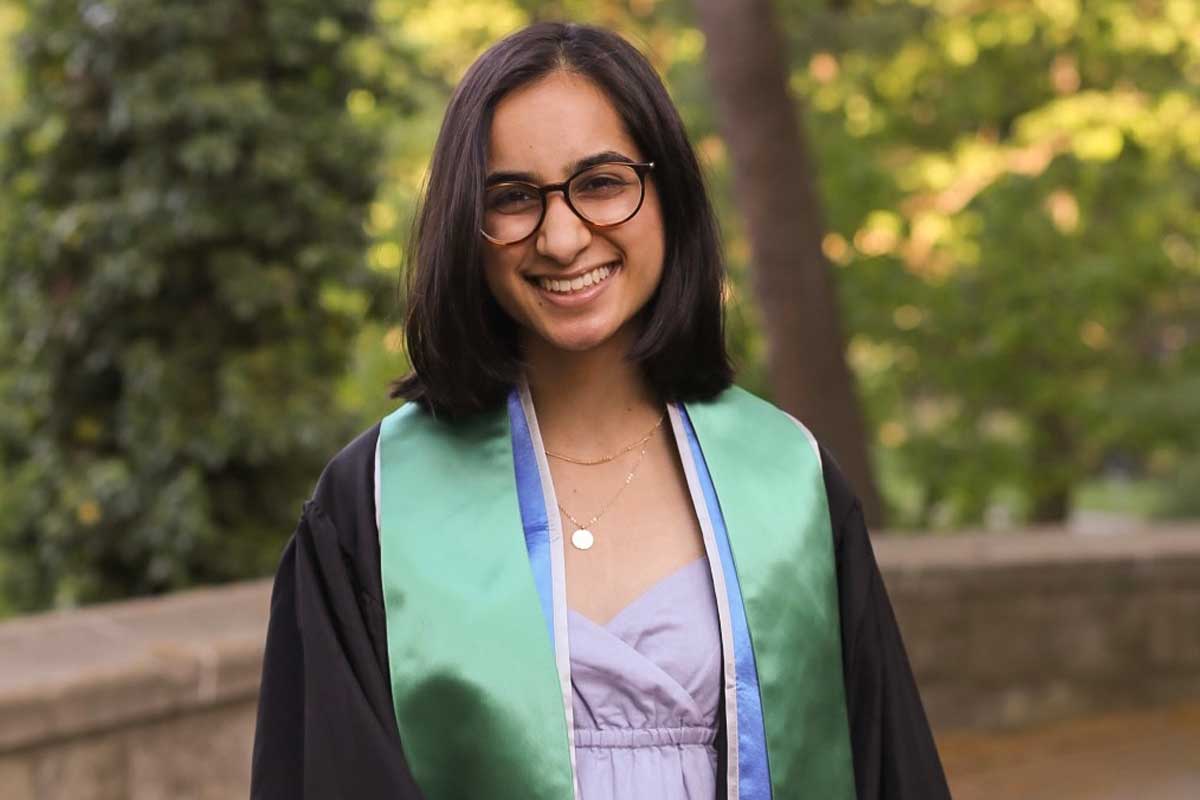
 Critical race theory has become the latest front in the culture wars. Depending on what you’ve read or what you’ve heard from politicians, you may be under the impression that critical race theory means talking about racism in any context, or that it means white people are inherently racist.
Critical race theory has become the latest front in the culture wars. Depending on what you’ve read or what you’ve heard from politicians, you may be under the impression that critical race theory means talking about racism in any context, or that it means white people are inherently racist. Senior Research Scientist
Senior Research Scientist  May is Mental Health Awareness Month. This year, it comes at a time when we have an increased focus on mental health due to the COVID-19 pandemic. Media reports have focused on the
May is Mental Health Awareness Month. This year, it comes at a time when we have an increased focus on mental health due to the COVID-19 pandemic. Media reports have focused on the 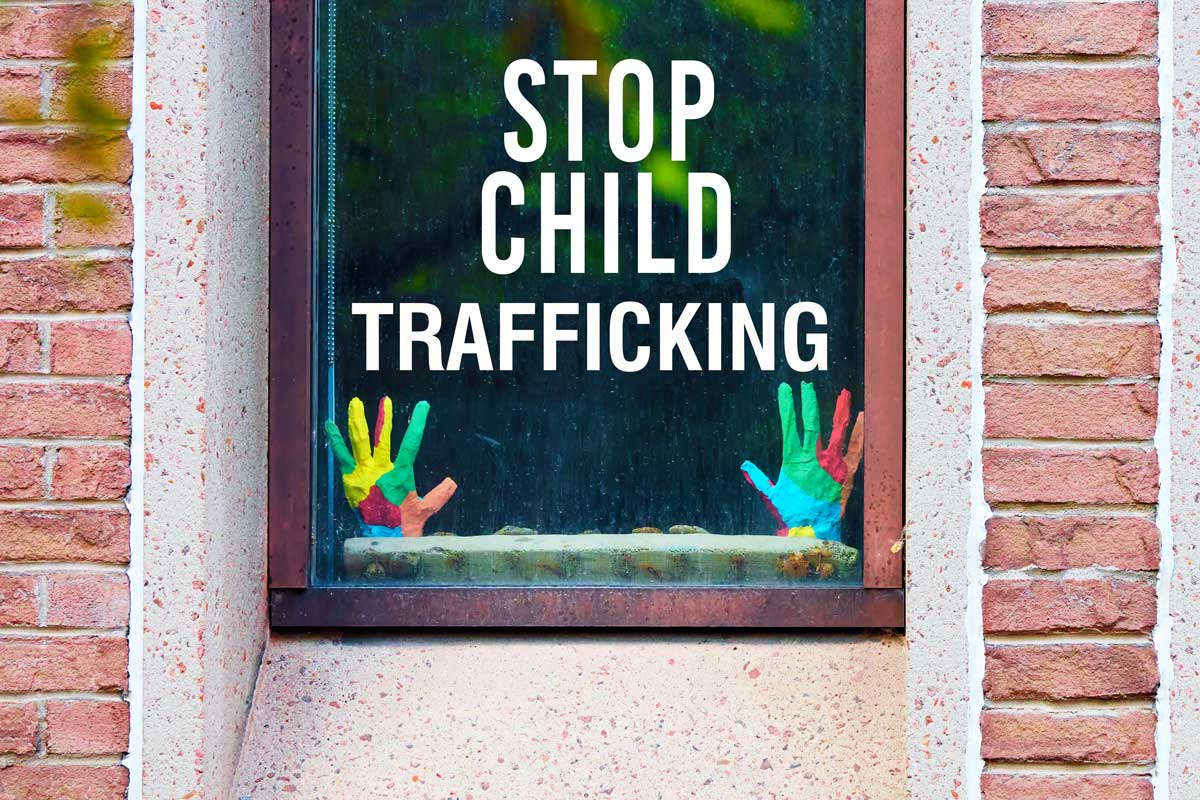 April is Sexual Assault Awareness Month and Child Abuse Prevention Month. Over the years, our work at WCW has addressed a wide range of critical issues related to these topics. One of the lesser publicly understood issues is the pressing problem of commercial sexual exploitation of children (CSEC) and teens, also known as sex trafficking.
April is Sexual Assault Awareness Month and Child Abuse Prevention Month. Over the years, our work at WCW has addressed a wide range of critical issues related to these topics. One of the lesser publicly understood issues is the pressing problem of commercial sexual exploitation of children (CSEC) and teens, also known as sex trafficking.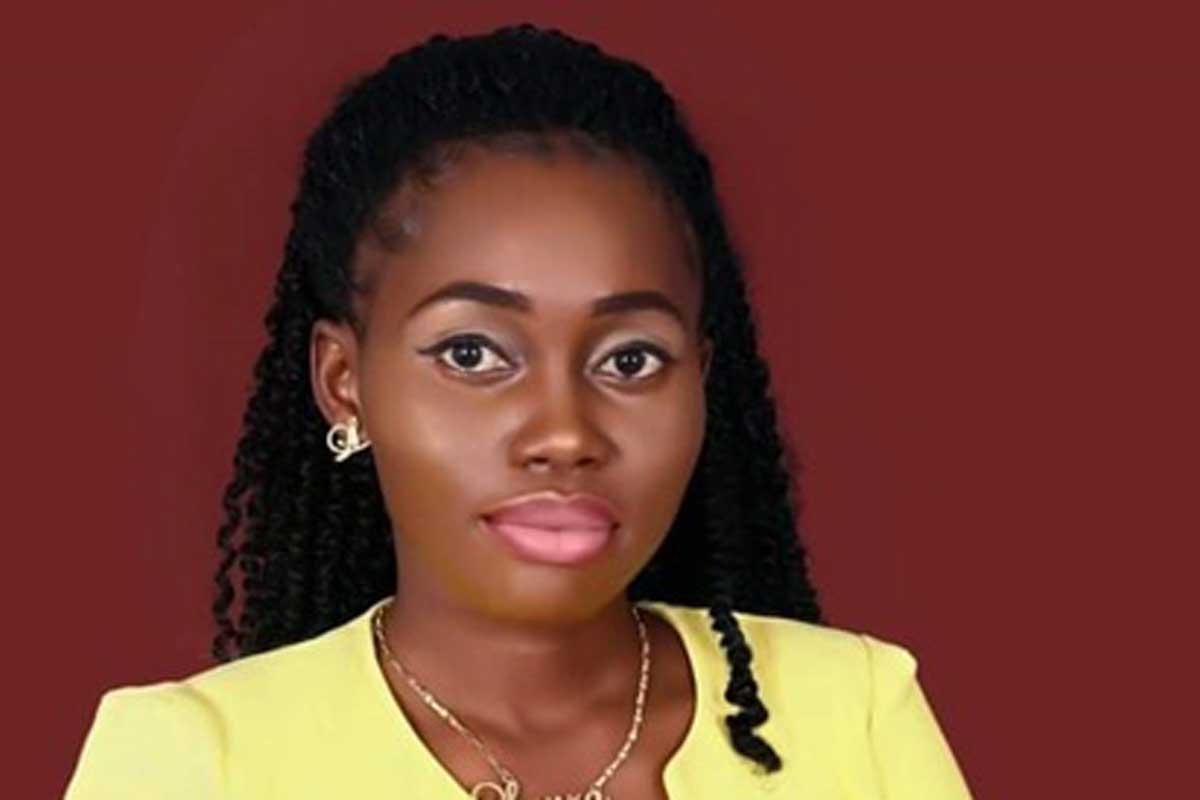 On March 11, 2021, the House of Representatives passed a bill seeking to “create a special education scheme to support deserving students attending public tertiary institutions across Liberia. The Bill is titled “An Act to Create a Special Education Fund to Support and Sustain the Tuition Free Scheme for the University of Liberia, All Public Universities and Colleges’ Program and the Free WASSCE fess for Ninth and Twelfth Graders in Liberia, or the Weah Education Fund (WEF) for short. The bill when enacted into law, will make all public colleges and universities “tuition-free”. The passage of this bill by the Lower House has been met by mixed reactions across the country: young, old, educated, not educated, stakeholders, parents, teachers among others, have all voiced their opinions about this bill. While some are celebrating this purported huge milestone in the education sector, others are still skeptical that this bill may only increase access but not address the structural challenges within the sector. I join forces with the latter, and in this article, I discuss the quality and access concept in our education sector and why quality is important than access. I recommend urgent action to improve quality for learners in K-12.
On March 11, 2021, the House of Representatives passed a bill seeking to “create a special education scheme to support deserving students attending public tertiary institutions across Liberia. The Bill is titled “An Act to Create a Special Education Fund to Support and Sustain the Tuition Free Scheme for the University of Liberia, All Public Universities and Colleges’ Program and the Free WASSCE fess for Ninth and Twelfth Graders in Liberia, or the Weah Education Fund (WEF) for short. The bill when enacted into law, will make all public colleges and universities “tuition-free”. The passage of this bill by the Lower House has been met by mixed reactions across the country: young, old, educated, not educated, stakeholders, parents, teachers among others, have all voiced their opinions about this bill. While some are celebrating this purported huge milestone in the education sector, others are still skeptical that this bill may only increase access but not address the structural challenges within the sector. I join forces with the latter, and in this article, I discuss the quality and access concept in our education sector and why quality is important than access. I recommend urgent action to improve quality for learners in K-12.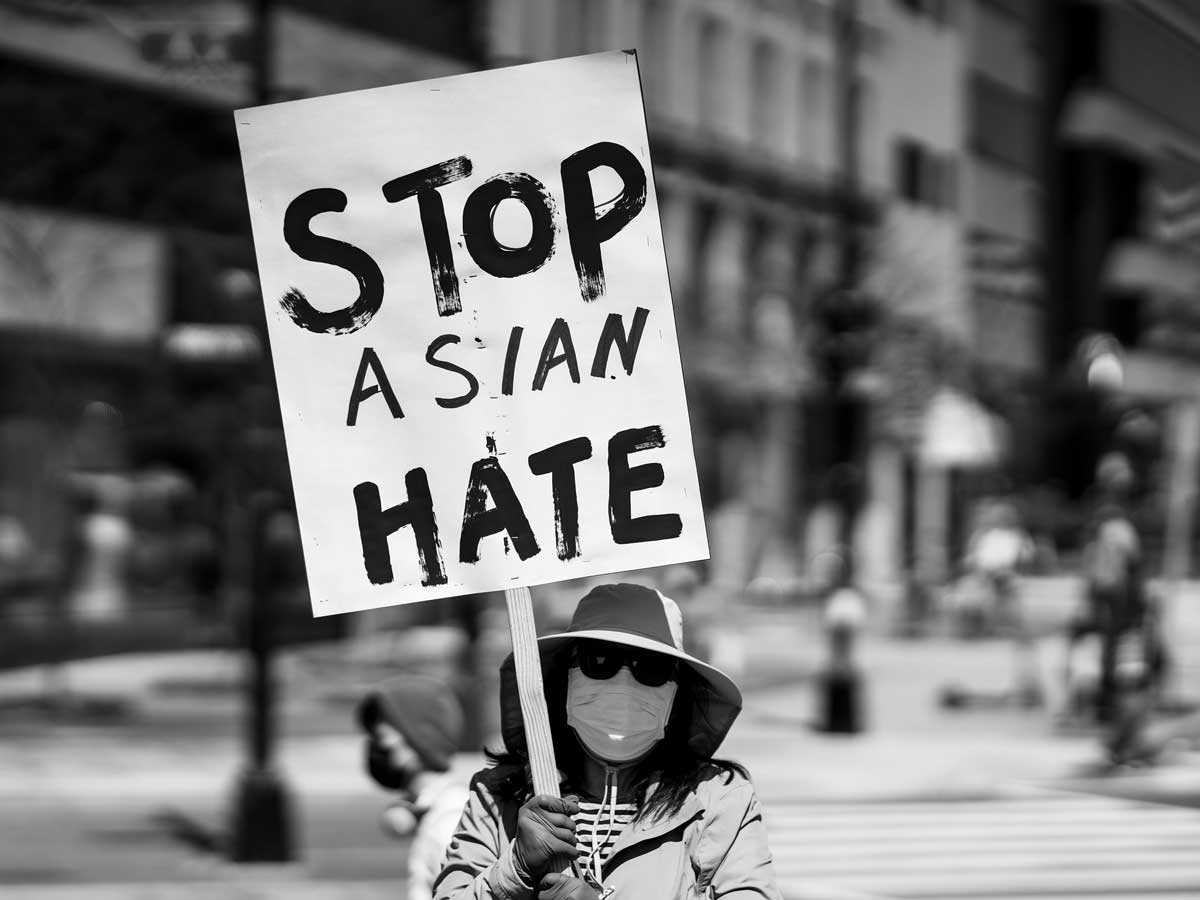
 As a new mother, you hold your baby in your arms, wishing for the best of the best for her. You may also be facing difficult career questions upon her arrival: When should you start working again? Should you be a stay-at-home-mom? Should you get a new job with a more flexible schedule? Will you be able to get promoted when you’re back at work? If you have a daughter, will she face the same choices in the future?
As a new mother, you hold your baby in your arms, wishing for the best of the best for her. You may also be facing difficult career questions upon her arrival: When should you start working again? Should you be a stay-at-home-mom? Should you get a new job with a more flexible schedule? Will you be able to get promoted when you’re back at work? If you have a daughter, will she face the same choices in the future?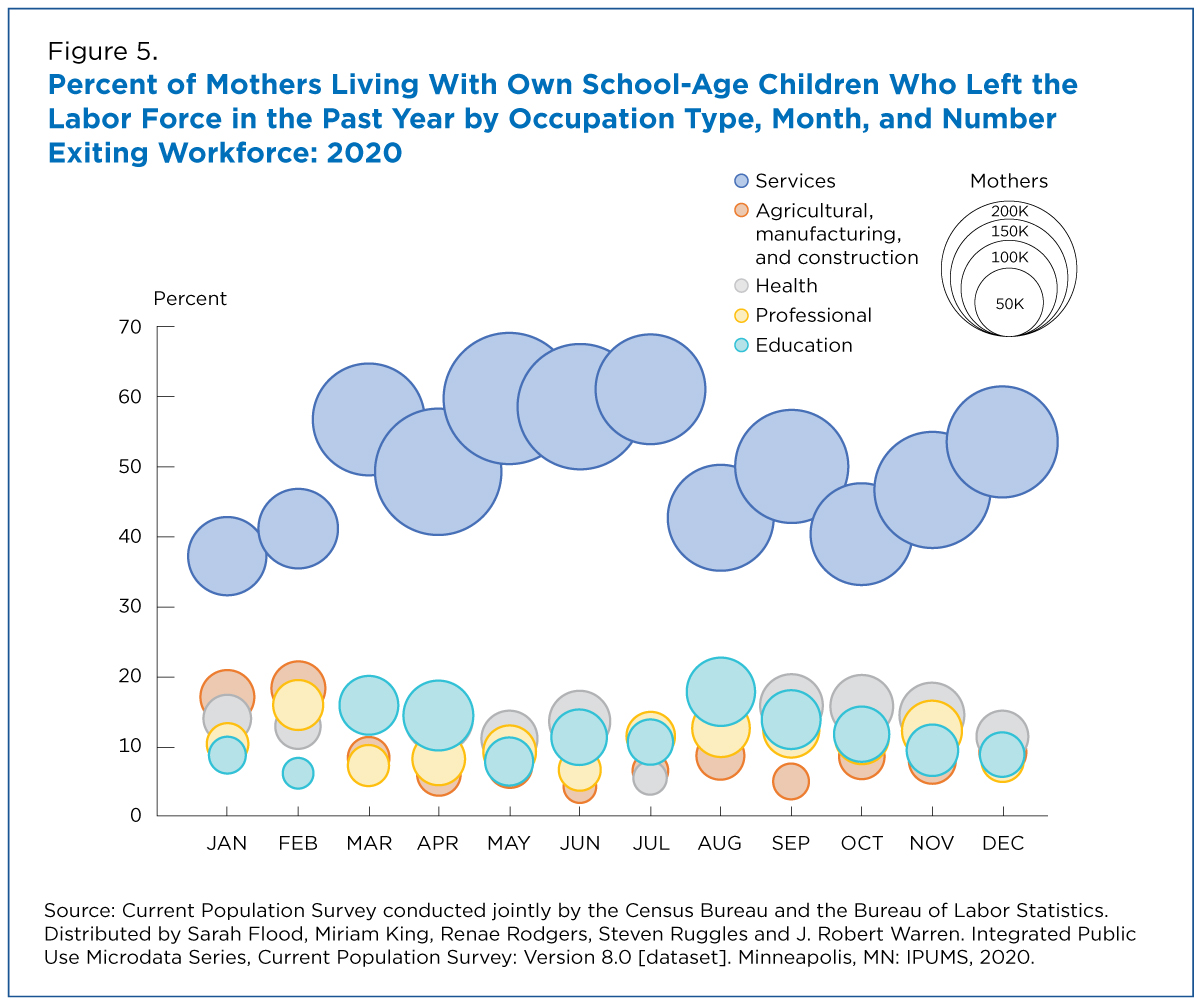
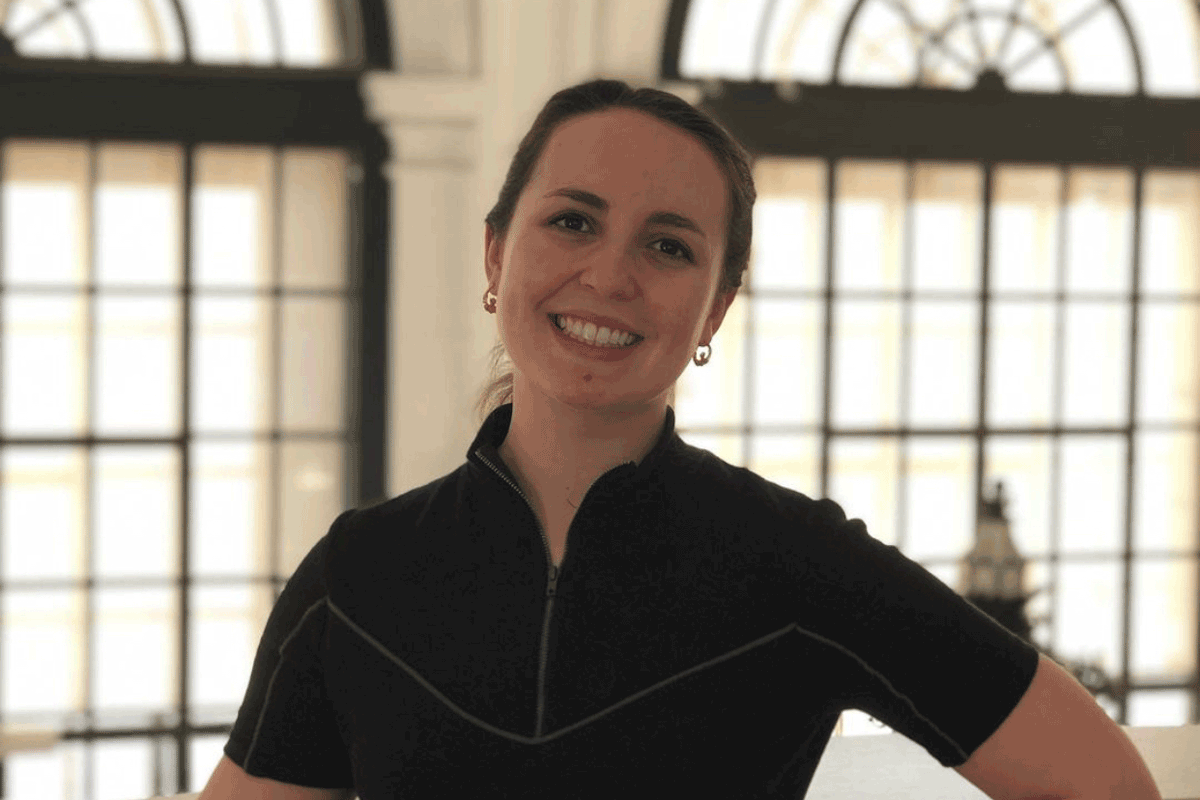 Sex education in the American public school system varies from state to state and from school district to school district. The lack of standardized sex education makes family education and conversations about sex and relationships all the more important for teenagers and their development. It is often assumed that parents are the default—that they are the only family members responsible for initiating these conversations. In my research conducted with WCW Senior Research Scientist
Sex education in the American public school system varies from state to state and from school district to school district. The lack of standardized sex education makes family education and conversations about sex and relationships all the more important for teenagers and their development. It is often assumed that parents are the default—that they are the only family members responsible for initiating these conversations. In my research conducted with WCW Senior Research Scientist 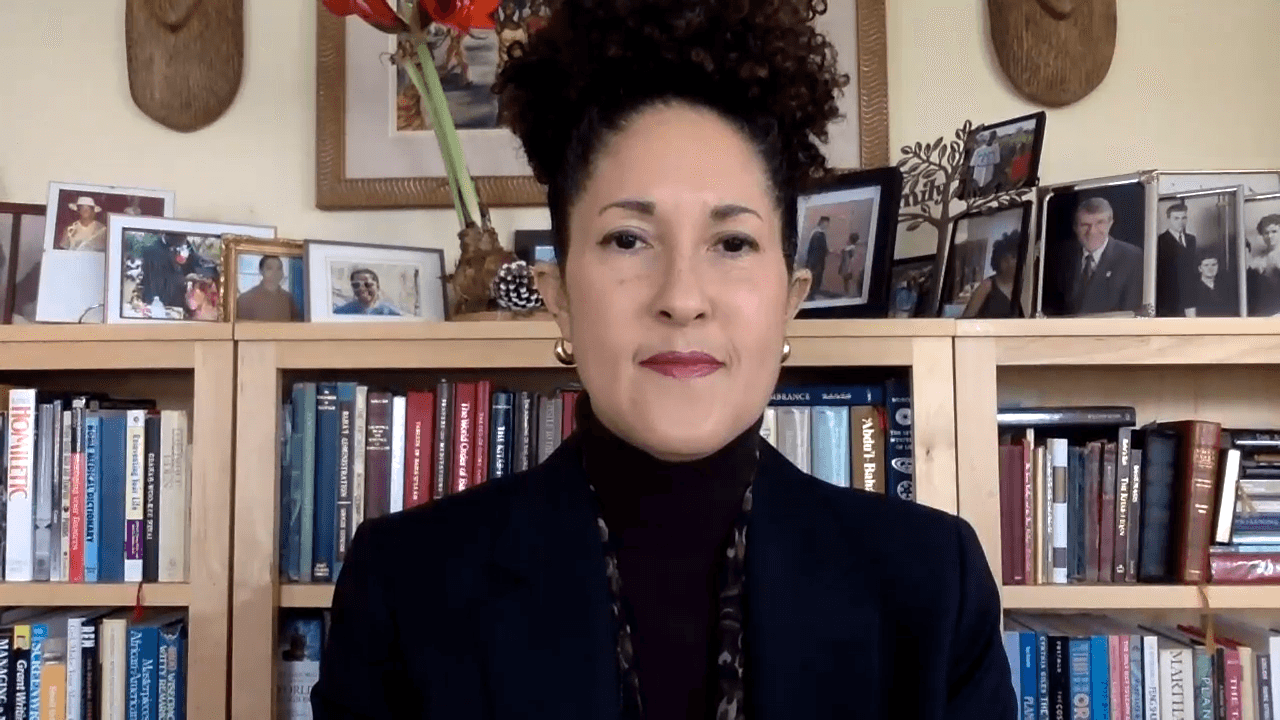
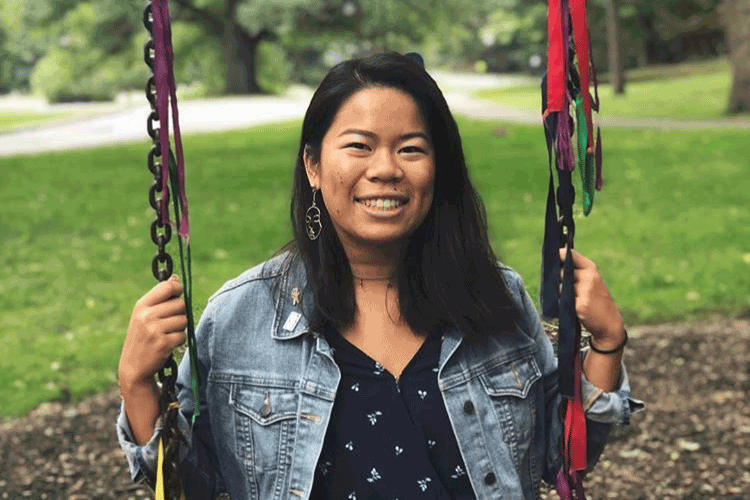 I spent the past semester working with Professor
I spent the past semester working with Professor  We at the Wellesley Centers for Women are starting our week with a sense of hope and possibility. We are proud to have a new
We at the Wellesley Centers for Women are starting our week with a sense of hope and possibility. We are proud to have a new  The pandemic has altered family life in unexpected ways.
The pandemic has altered family life in unexpected ways. 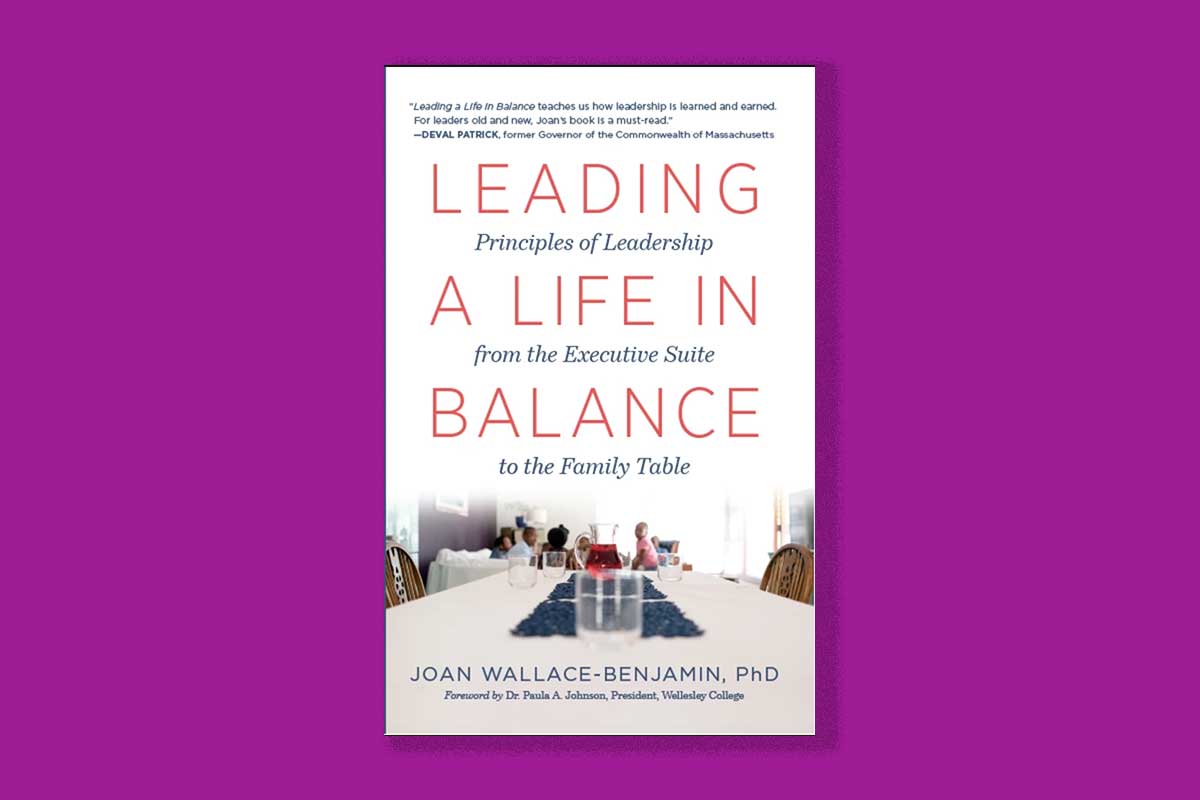 In my recently released book,
In my recently released book, 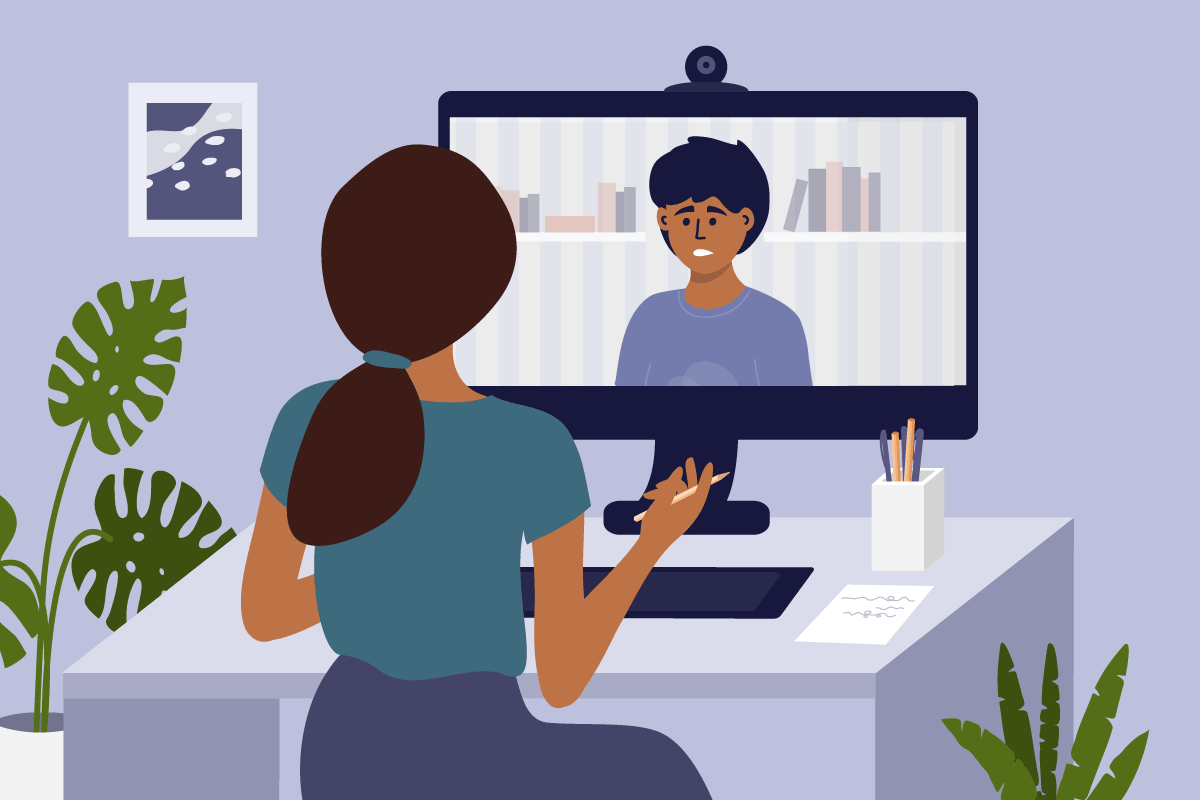 In 2018, I began a
In 2018, I began a 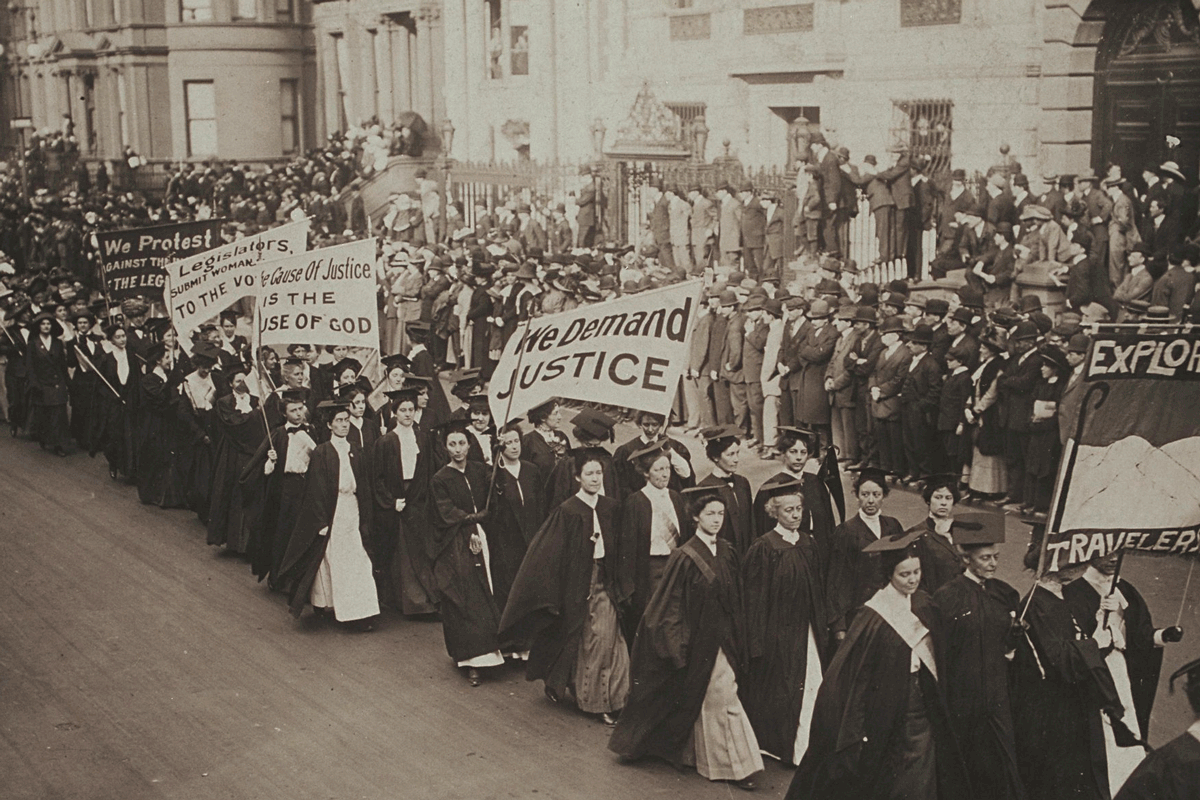
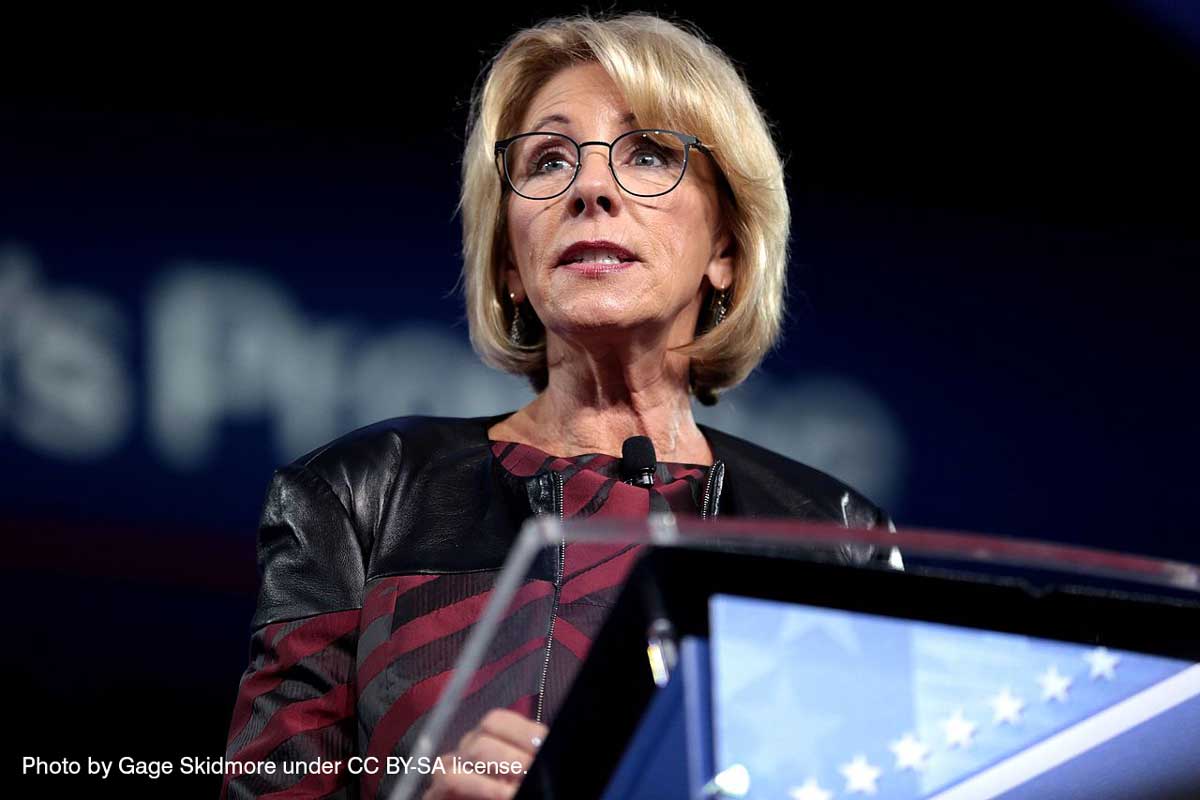

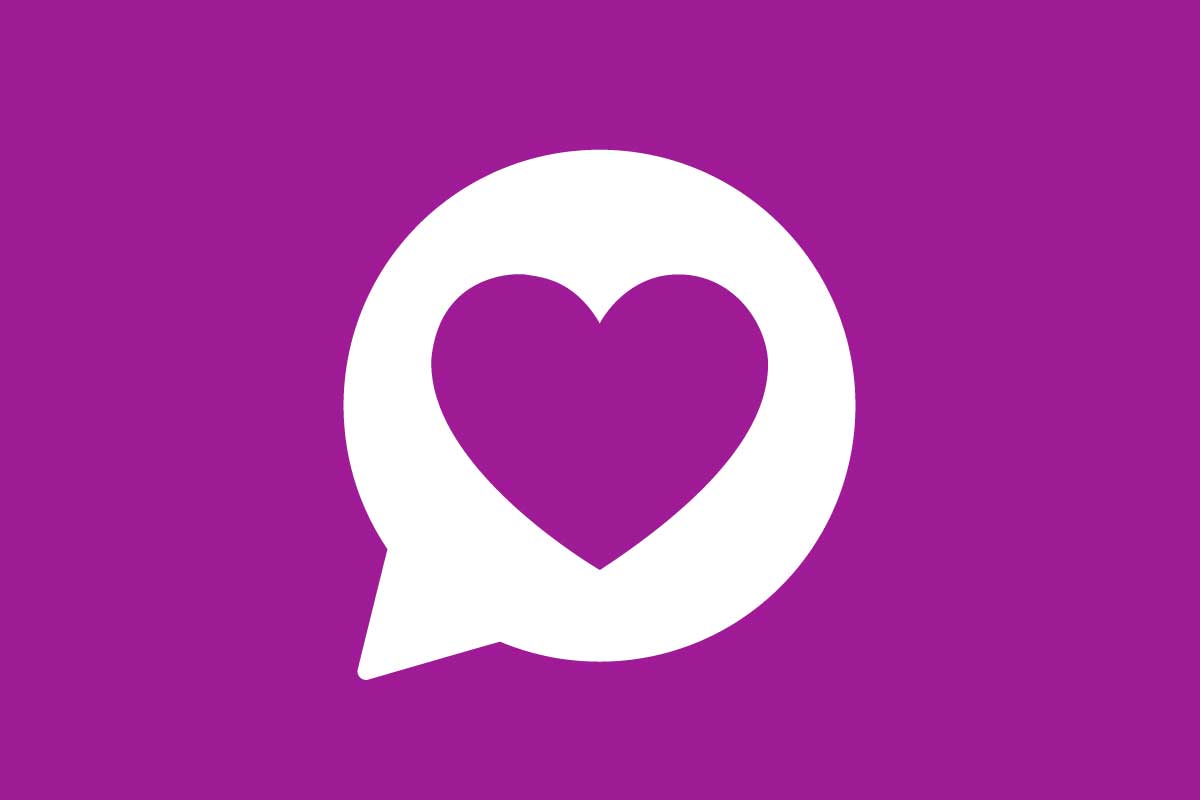 The callous killing of
The callous killing of 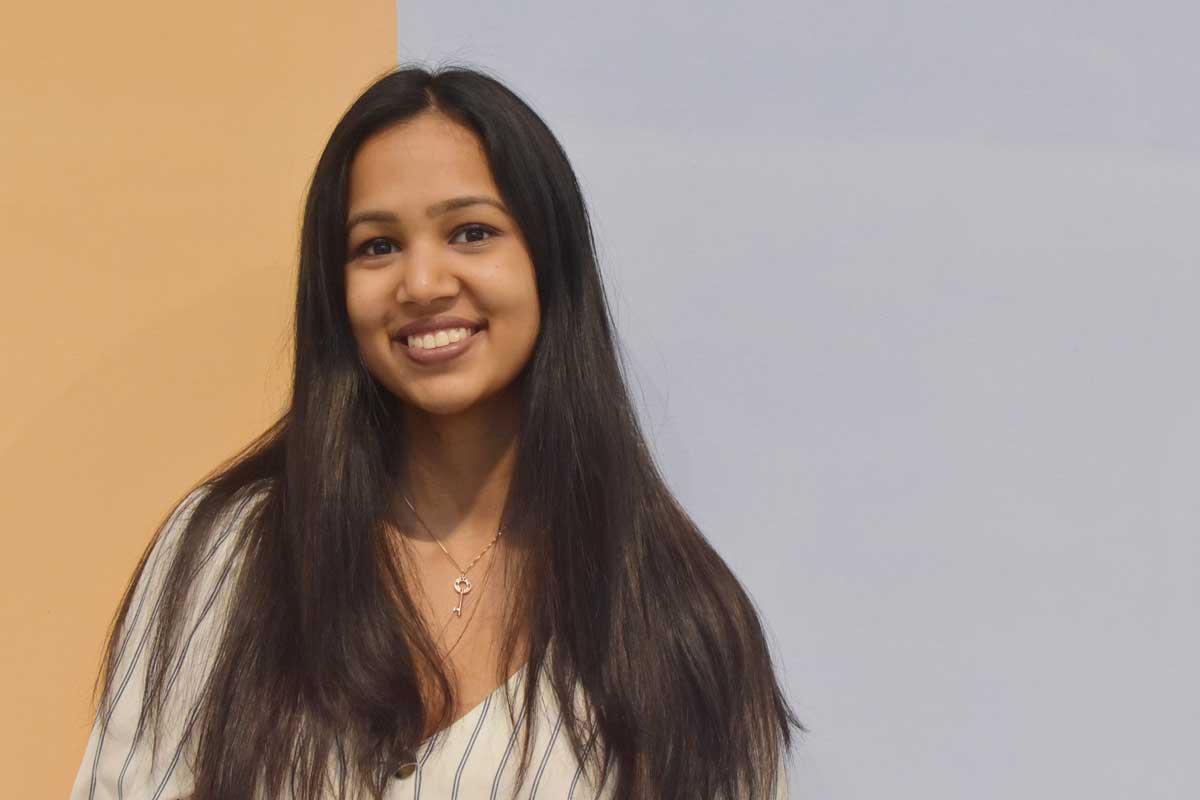 Sage Carson was raped by a graduate student in her sophomore year of college. In an article for
Sage Carson was raped by a graduate student in her sophomore year of college. In an article for 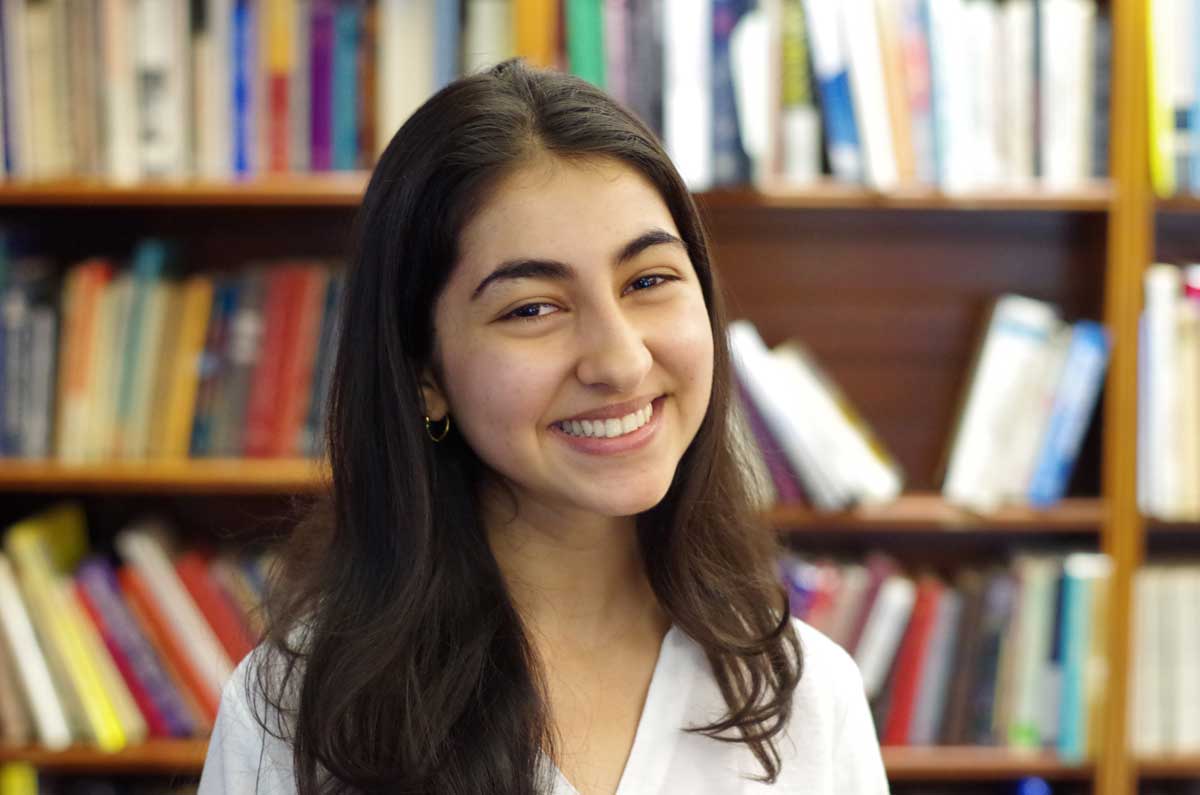 I never knew that I would have the opportunity to do social science research as an undergraduate until I got to Wellesley College. Towards the end of my first year, with my academic interests starting to gravitate toward Sociology and South Asia Studies, I knew I wanted to connect the concepts I was learning in the classroom to action-oriented research that produced tangible results for communities that I cared about. Through the helpful guidance of my peers, professors, and mentors, I discovered that I could get that opportunity by working at the Wellesley Centers for Women.
I never knew that I would have the opportunity to do social science research as an undergraduate until I got to Wellesley College. Towards the end of my first year, with my academic interests starting to gravitate toward Sociology and South Asia Studies, I knew I wanted to connect the concepts I was learning in the classroom to action-oriented research that produced tangible results for communities that I cared about. Through the helpful guidance of my peers, professors, and mentors, I discovered that I could get that opportunity by working at the Wellesley Centers for Women.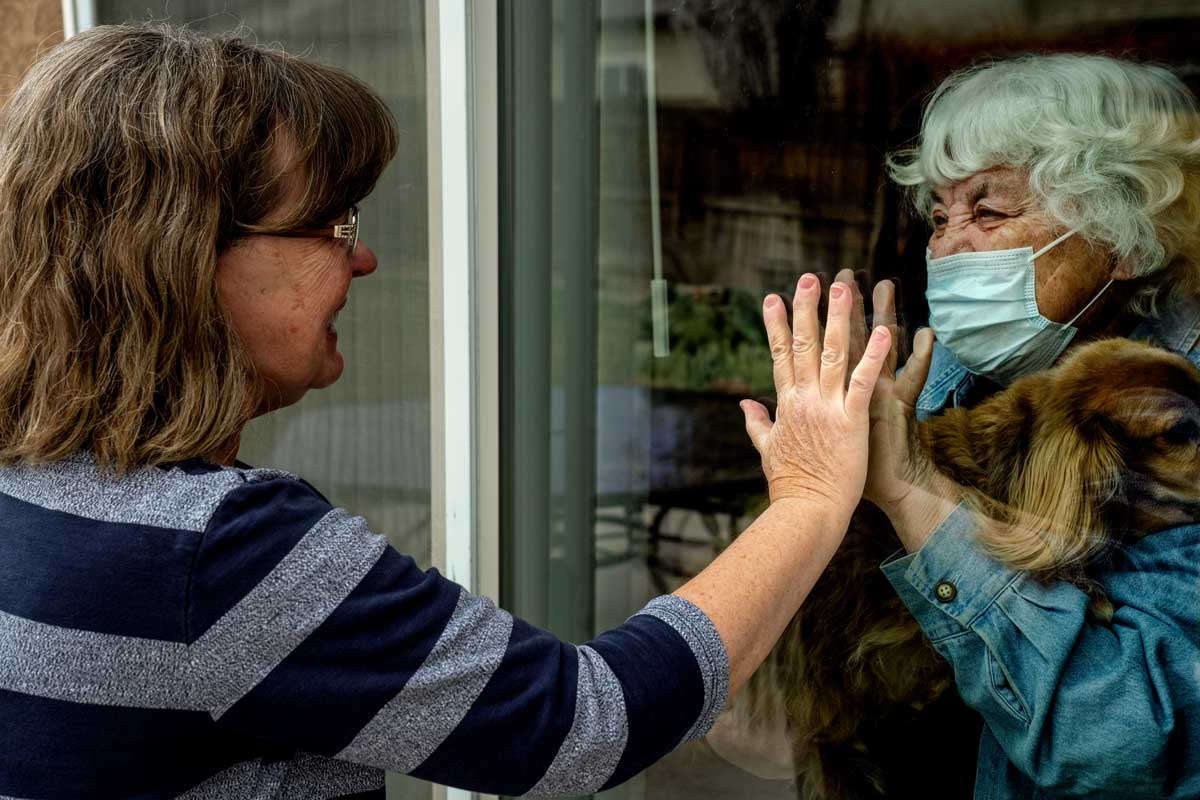 The challenges of isolation and loneliness have become apparent over the past several months of social distancing. Not only are we physically separated from our friends and extended families, but we’re concerned about their health and wellbeing as well as our own. We may be juggling childcare, homeschooling, and our own work. Or we may be wondering how we’ll support ourselves through this. We may know those who are sick, or who are high-risk, or who are essential workers putting themselves at risk for our sake. We may have lost people close to us. And we may feel powerless to do anything.
The challenges of isolation and loneliness have become apparent over the past several months of social distancing. Not only are we physically separated from our friends and extended families, but we’re concerned about their health and wellbeing as well as our own. We may be juggling childcare, homeschooling, and our own work. Or we may be wondering how we’ll support ourselves through this. We may know those who are sick, or who are high-risk, or who are essential workers putting themselves at risk for our sake. We may have lost people close to us. And we may feel powerless to do anything.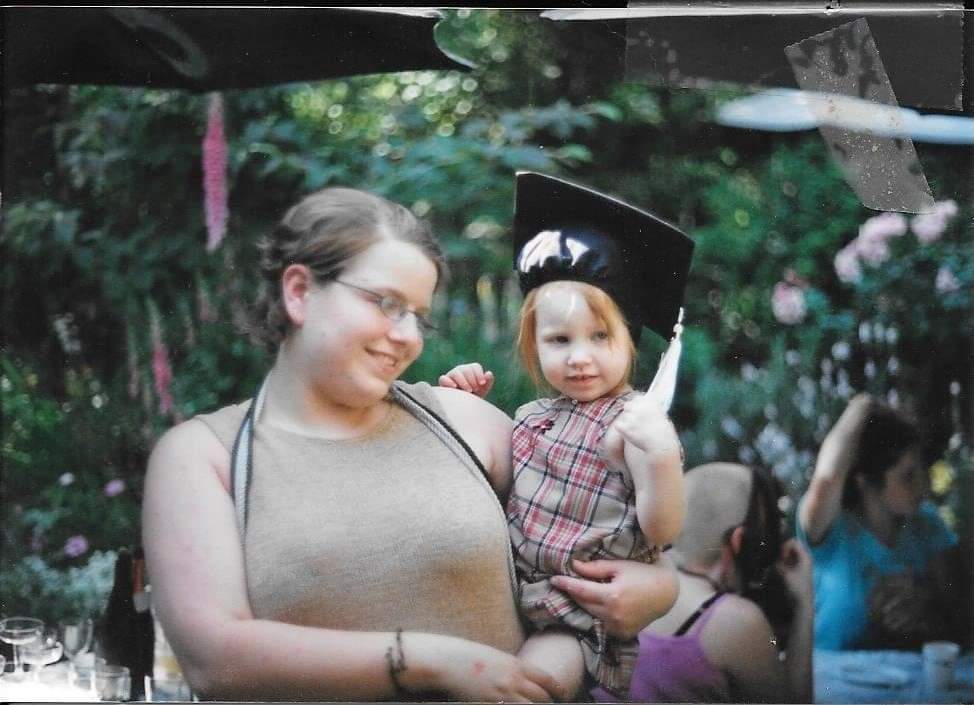 Last year on Mother's Day, I was driving through the Rocky Mountains, on my way from Oregon to Maine where my life was about to change forever. It was the first Mother's Day I had spent without my kids since they were born, and the first Mother's Day since my own mother had passed away. I yearned to call her to share the news of my latest adventure, as I always had during our frequent long-distance phone chats, but I knew I couldn’t. The following week, my daughter would bring my granddaughter into the world on the southern coast of Maine. The transcontinental journey I was on would end with the newest love of my life joining our family.
Last year on Mother's Day, I was driving through the Rocky Mountains, on my way from Oregon to Maine where my life was about to change forever. It was the first Mother's Day I had spent without my kids since they were born, and the first Mother's Day since my own mother had passed away. I yearned to call her to share the news of my latest adventure, as I always had during our frequent long-distance phone chats, but I knew I couldn’t. The following week, my daughter would bring my granddaughter into the world on the southern coast of Maine. The transcontinental journey I was on would end with the newest love of my life joining our family.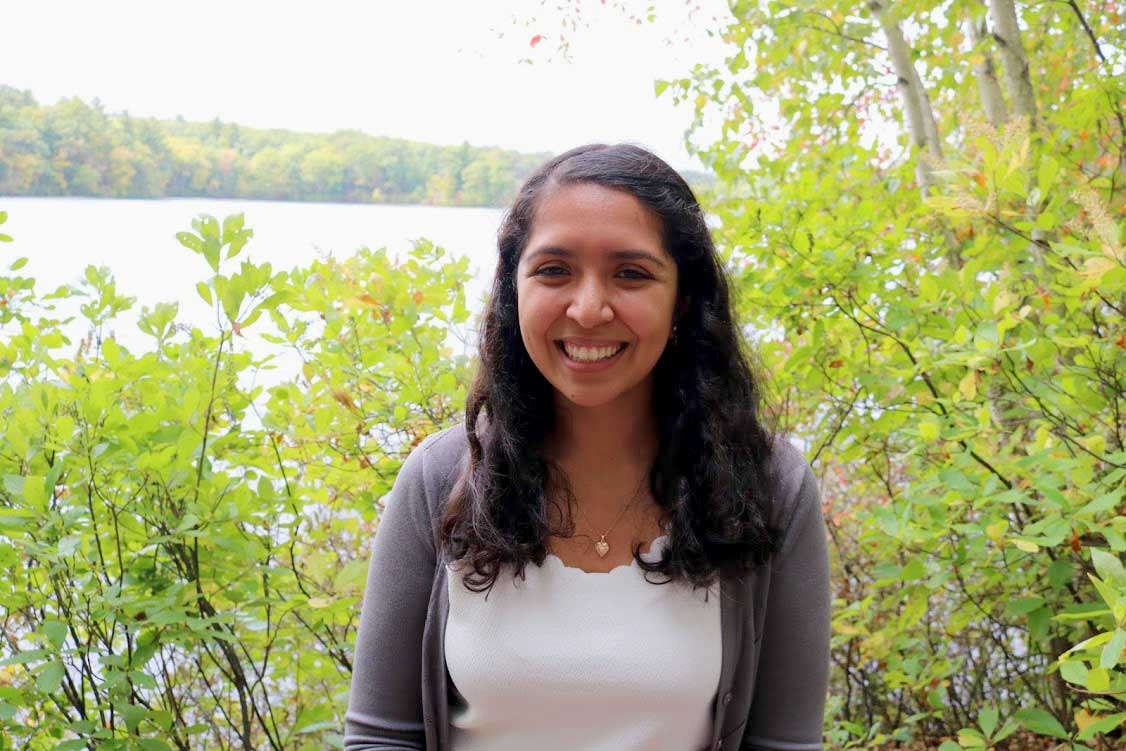 It is the spring of 2020, and my senior year at Wellesley College is not at all what I imagined it would be like. Before concerns about COVID-19 led
It is the spring of 2020, and my senior year at Wellesley College is not at all what I imagined it would be like. Before concerns about COVID-19 led 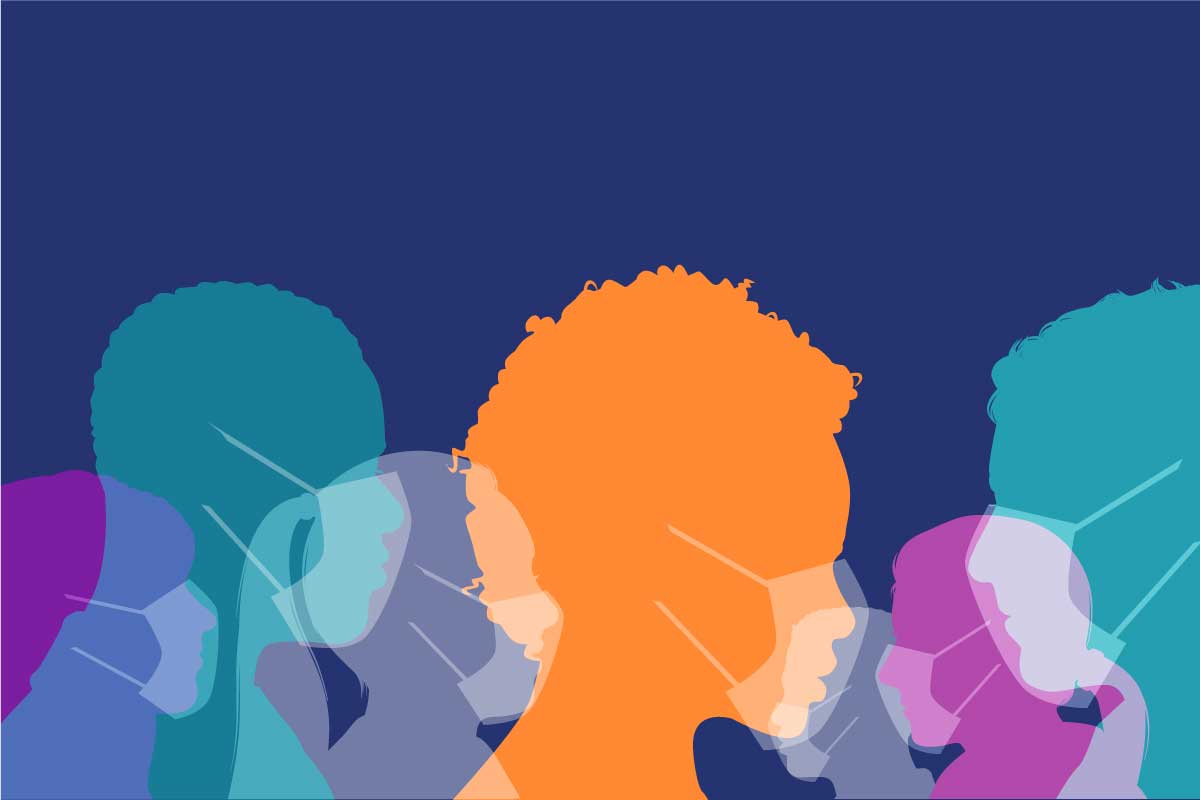 This
This 